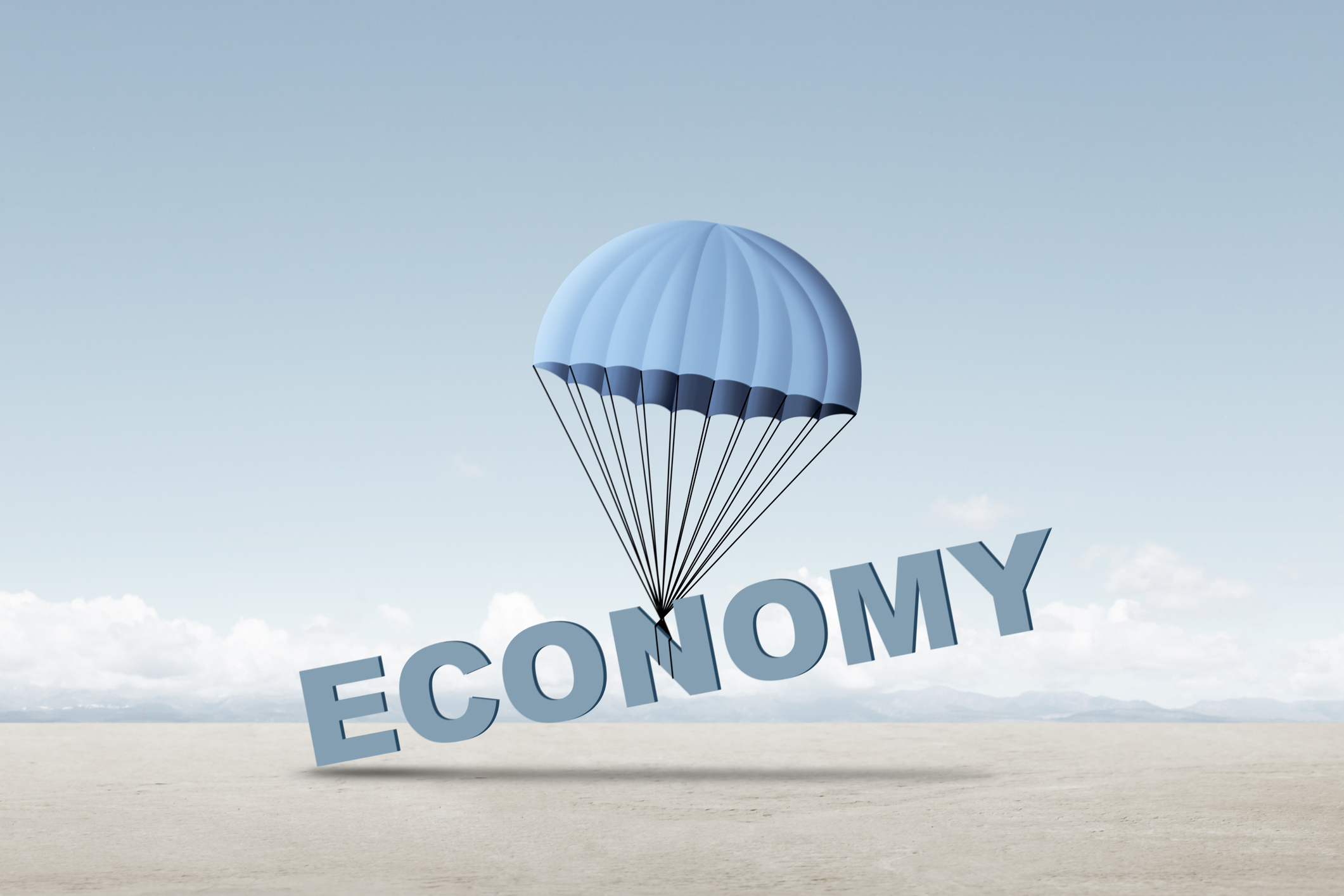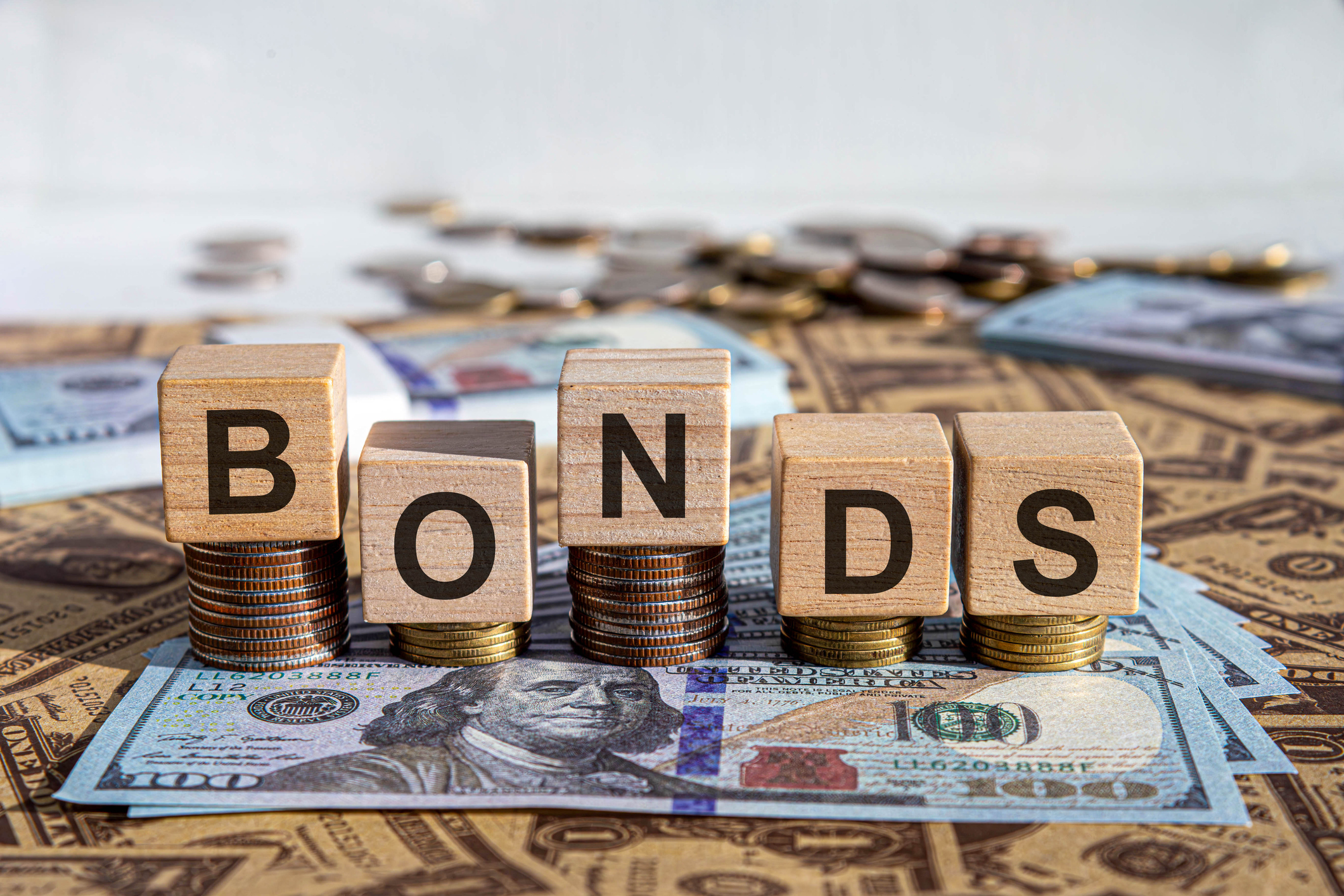What Is a Soft Landing?
A soft landing starts with the Fed and is achieved if the central bank brings inflation down without pushing the economy into a recession.


With inflation slowly returning to normal and the economy remaining strong, there's been talk that the Federal Reserve might have managed to pull off that seemingly impossible of feats: The storied soft landing.
But what exactly does that mean?
We can explain it with a metaphor. In Goldilocks and the Three Bears, the namesake of the story invites herself into the bears' home and looks for that perfect porridge. Not too hot, not too cold. But just right.
From just $107.88 $24.99 for Kiplinger Personal Finance
Become a smarter, better informed investor. Subscribe from just $107.88 $24.99, plus get up to 4 Special Issues

Sign up for Kiplinger’s Free Newsletters
Profit and prosper with the best of expert advice on investing, taxes, retirement, personal finance and more - straight to your e-mail.
Profit and prosper with the best of expert advice - straight to your e-mail.
That's the essence of a soft landing. Now, let's dig into the details. Are we looking at a soft landing scenario right now? And if so, how did we get here?
A soft landing starts with the Fed
For those unfamiliar with how the Federal Reserve works, it has a dual mandate. Specifically, the central bank is charged with keeping prices stable while also maintaining full employment.
That's not a particularly easy balancing act, as policies that keep prices stable and inflation in check – higher interest rates, tighter lending standards on banks, etc. – tend to be the same policies that slow down the economy and push unemployment higher. Policies that tend to boost employment, such as low interest rates and looser credit standards, also tend to ignite inflation.
When the Fed is concerned about inflation, it takes tightening measures to moderate the pace of economic growth. But they have to be careful. If the Fed hikes rates too aggressively, it risks pushing the economy into a bona fide recession – or what we might call a hard landing.
Ideally, the Fed wants to raise interest rates just enough to slow growth without killing it, reining in inflation in the process.
Is the U.S. going to have a soft landing?
The Fed often errs by focusing a little too hard on one of its two mandates while ignoring the other.
Let's go back to the central bank's response to the COVID-19 pandemic. Faced with a collapse in demand due to lockdowns, the Fed's concern was ensuring that employment didn't collapse worse than it already had. So, Federal Reserve Chair Jerome Powell and his associates went "all in" on stimulus measures, dropping the targeted federal funds rate to zero and launching the largest quantitative easing program in history. The Fed injected about $5 trillion into the economy, primarily via bond purchases.
The Fed's actions, along with stimulus checks from the federal government, helped to stabilize employment. While it was uneven and parts of the economy struggled, large swaths of the country enjoyed a boom.
Unfortunately, the central bank's loose policy coupled with supply disruptions also contributed to the biggest spike in inflation in over 40 years.
This forced the Fed to aggressively pivot to price stability. With inflation topping out at over 9% in June 2022, the Fed was willing to risk overshooting to a degree by raising the targeted Fed funds rate from 0% to the current range of 5.25% - 5.5%, a 23-year high.
The Fed's actions triggered several traditional recession indicators. The yield curve inverted, meaning short-term interest rates were higher than long-term interest rates. A yield curve inversion has preceded every recession since World War II and has long been considered a reliable indicator. For what it's worth, the yield curve is still inverted.
As mortgage rates rose, existing home sales plummeted. And the commercial real estate market – and the banks that lend to it – have looked extraordinarily wobbly for the past two years, seeming to threaten a collapse that just never quite seems to materialize.
And yet...
Unemployment remains near historic lows at just 3.7%. To put that in perspective, economists have long considered an unemployment rate of 4% to 5% to be "full employment," as there will always be some segment of the labor force between jobs. The jobs market is about as far from a hard landing as you can get.
Gross domestic product (GDP) also continues to grow at a nice clip. The third and fourth quarters of 2023 saw the economy grow at 4.9% and 3.2%, respectively. The Atlanta Fed's GDPNow forecasting tool estimates that GDP for the first quarter of 2024 will be a little over 3%.
Of course, all of this could easily turn on a dime in the event the commercial real estate crisis or some other calamity eventually materializes.
But for the moment, it does appear that a soft landing is the most likely scenario for the U.S. this year.
Related content
Profit and prosper with the best of Kiplinger's advice on investing, taxes, retirement, personal finance and much more. Delivered daily. Enter your email in the box and click Sign Me Up.

Charles Lewis Sizemore, CFA is the Chief Investment Officer of Sizemore Capital Management LLC, a registered investment advisor based in Dallas, Texas, where he specializes in dividend-focused portfolios and in building alternative allocations with minimal correlation to the stock market.
-
 Gold and Silver Shine as Stocks Chop: Stock Market Today
Gold and Silver Shine as Stocks Chop: Stock Market TodayStocks struggled in Friday's low-volume session, but the losses weren't enough to put the Santa Claus Rally at risk.
-
 Don't Wait Until January: Your Year-End Health Checklist to Kickstart 2026
Don't Wait Until January: Your Year-End Health Checklist to Kickstart 2026Skip the fleeting resolutions and start the new year with a proactive plan to optimize your longevity, cognitive health, and social vitality.
-
 Premium Rewards Cards: More Perks, Higher Fees
Premium Rewards Cards: More Perks, Higher FeesSome issuers are hiking the annual fee on their flagship luxury credit cards by hundreds of dollars. Are they still worth using?
-
 Gold and Silver Shine as Stocks Chop: Stock Market Today
Gold and Silver Shine as Stocks Chop: Stock Market TodayStocks struggled in Friday's low-volume session, but the losses weren't enough to put the Santa Claus Rally at risk.
-
 How to Master the Retirement Income Trinity: Cash Flow, Longevity Risk and Tax Efficiency
How to Master the Retirement Income Trinity: Cash Flow, Longevity Risk and Tax EfficiencyRetirement income planning is essential for your peace of mind — it can help you maintain your lifestyle and ease your worries that you'll run out of money.
-
 I'm an Insurance Expert: Sure, There's Always Tomorrow to Report Your Claim, But Procrastination Could Cost You
I'm an Insurance Expert: Sure, There's Always Tomorrow to Report Your Claim, But Procrastination Could Cost YouThe longer you wait to file an insurance claim, the bigger the problem could get — and the more leverage you're giving your insurer to deny it.
-
 Could a Cash Balance Plan Be Your Key to a Wealthy Retirement?
Could a Cash Balance Plan Be Your Key to a Wealthy Retirement?Cash balance plans have plenty of benefits for small-business owners. For starters, they can supercharge retirement savings and slash taxes. Should you opt in?
-
 Changes Are Coming for This Invesco Bond Fund
Changes Are Coming for This Invesco Bond FundThe Invesco BulletShares 2026 Corporate Bond ETF's bonds will mature in 2026. Here's what investors should do.
-
 7 Retirement Planning Trends in 2025: What They Mean for Your Wealth in 2026
7 Retirement Planning Trends in 2025: What They Mean for Your Wealth in 2026From government shutdowns to market swings, the past 12 months have been nothing if not eventful. The key trends can help you improve your own financial plan.
-
 What Defines Wealth: Soul or Silver? Good King Wenceslas' Enduring Legacy in the Snow
What Defines Wealth: Soul or Silver? Good King Wenceslas' Enduring Legacy in the SnowThe tale of Good King Wenceslas shows that true wealth is built through generosity, relationships and the courage to act kindly no matter what.
-
 An Investing Pro's 5 Moves to Help Ensure 2025's Banner Year in the Markets Continues to Work Hard for You in 2026
An Investing Pro's 5 Moves to Help Ensure 2025's Banner Year in the Markets Continues to Work Hard for You in 2026After a strong 2025 in the stock market, be strategic by rebalancing, re-investing with a clear purpose and keeping a disciplined focus on your long-term goals.